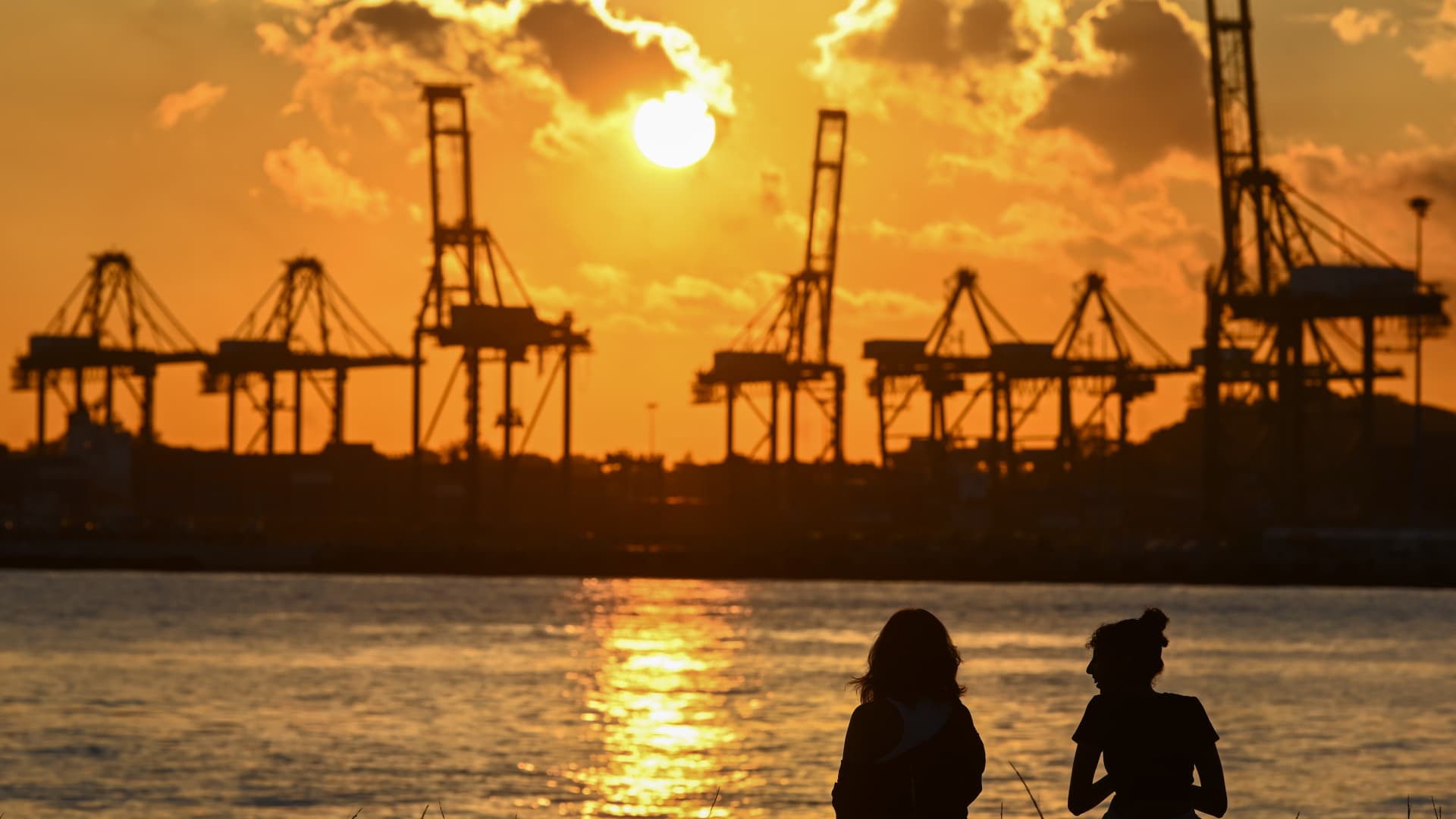A recent study by the National University of Singapore has revealed that Singapore’s economic losses due to heat stress are projected to nearly double to $1.64 billion in 2035 from pre-pandemic levels of 2018. This increase is attributed to a decline in labor productivity across various sectors like services, construction, manufacturing, and agriculture.
The study found that workers who are exposed to adverse environmental conditions, such as direct sun exposure or heat from machinery, will face significantly higher productivity losses. For every hot day, workers’ productivity during working hours is reduced, leading to a median income loss of S$21 per worker.
Project HeatSafe is the first large-scale study in Singapore and the region aimed at evaluating the impact of rising heat levels on both productivity and health at both individual and macroeconomic levels. The research team used 2018 as the baseline for the study as it was pre-pandemic and was the most recent “normal year” for which data was available.
Singapore is facing faster warming rates compared to global averages, with recent UV index levels reaching “extreme” levels. This intense heat is not unique to Singapore, as scientists have warned about surpassing key warming thresholds globally. The United Nations’ Secretary-General has also raised concerns about moving towards “an era of global boiling” due to increasing temperatures worldwide.
In addition to affecting cognitive and physical abilities, extreme heat exposure poses a risk to Singapore’s already low fertility rates. The NUS research emphasizes the urgent need for adaptation and mitigation strategies to address the challenges posed by rising heat levels and their impact on various aspects of society.
Furthermore, this study also highlights that workers who work outdoors or have jobs that require physical labor are particularly vulnerable to heat stress. It is essential for employers to implement measures such as providing shade breaks or adjusting work schedules during peak temperatures to ensure worker safety.
Lastly, individuals can take steps such as wearing loose clothing or using cooling vests when working outdoors or engaging in strenuous activities during hot weather conditions.
Overall, addressing the challenges posed by rising heat levels requires a multi-faceted approach involving government policies, employer initiatives, and individual actions.

